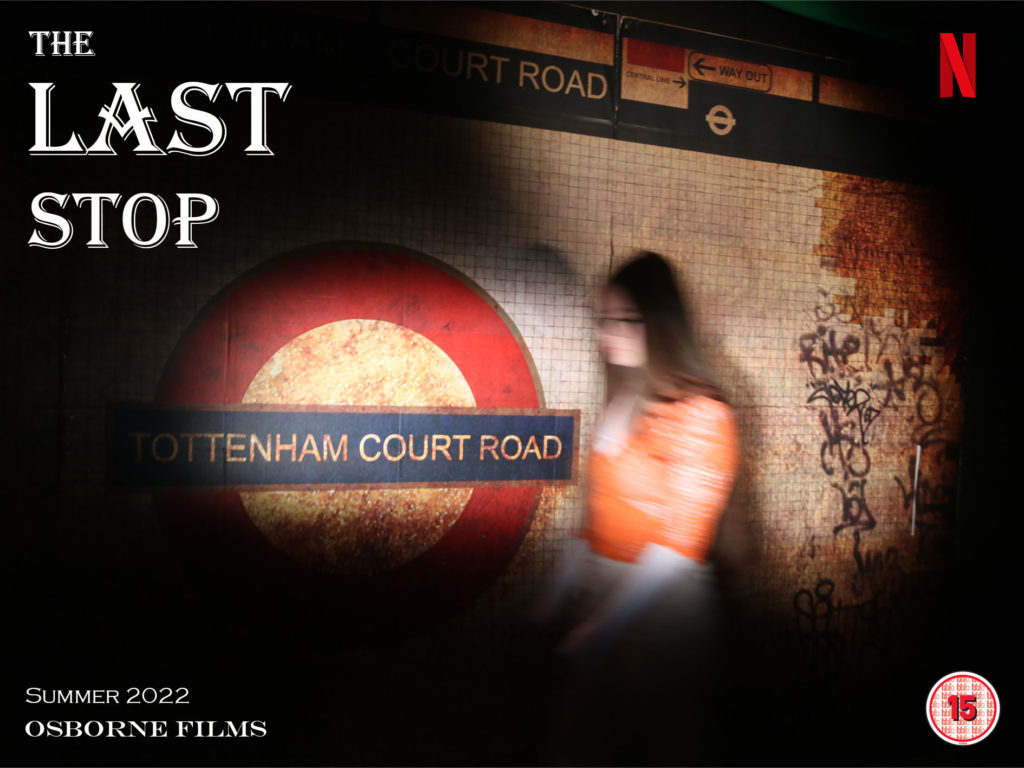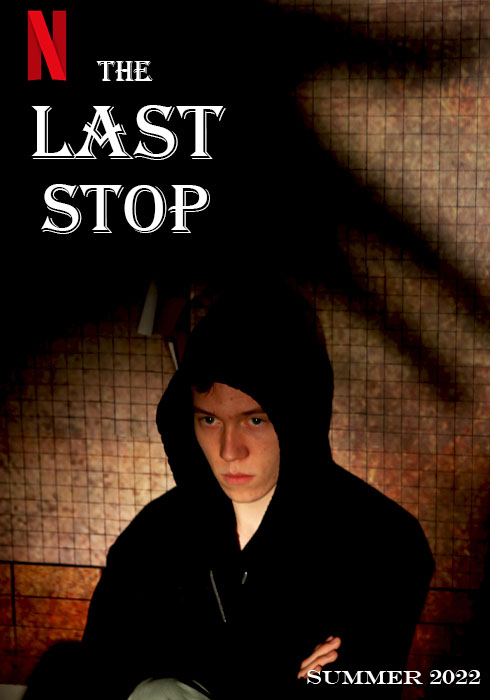DAVID GAUNTLET- IDENTITY
Fluidity of identity– Gauntlet comments on how someone’s identity can change because of how men and woman are being represented in media. Identity is always changing and people are adapting to new cultural norms. He now says we have a “greater diversity of identities”. Fluidity of identity means that a persons identity is always changing and they aren’t just one way or have one personality trait.
Constructed identity– This is when people build up their identity and it slightly changes, depending on their peers/audiences. men and women for example are becoming more balanced and there is also no longer a specific gender, people classify themselves as ‘they’ and that is the identity our generation has allowed people to do. Magazines, Movies or the opinion leaders who dominate our society (influencers, celebs) all help us to “construct” this identity for ourselves suggesting ways of living by acting on their advice or recognising ourselves in a character of a film.
Negotiated identity– A negotiated identity is a balance between our own desires and meeting the expectations of others. it is us showing how we balance or different identities around others.
Collective identity– Means that we refer to our sense of belonging to group, weather that be out of a shared interest/experience or even something in common. Our desire to engage with others and “fit in”. These groups could be social, religious, occupational or gendered.
Harry styles article- aim to bring and spread joy
Harry Styles ‘is adamant that his venture is less like a celebrity venture and is more of a celebrity endorsement’ Harry styles stated that he doesn’t think that “putting someone’s face on something sells a bad product”- shows identity isn’t fixed.
Judith Butler
“repetition of acts”
“repeated performance”
Judith Butler at home notes:
Judith Butler is a philosopher and gender theorist whose work has influenced political philosophy, ethics, and the fields of third-wave feminism, queer theory, and literary theory. Butler is best known for her book “Gender Trouble: Feminism and the Subversion of Identity”. In this book she explores and challenges the existing “feminist model” and how it has defined the female gender. In a historical context, Butler says that we have viewed gender in a binary fashion. This means that men and women are divided into particular categories that are fixed and cannot be changed. She argues against this and says that “gender should be seen as a human attribute that shifts and changes”. Butler believes that a person is not as specific as their gender she says that there are not specific acts or qualities that specify your gender. She preaches that gender is a title and has nothing to do with your actions or the decisions you make. To create identity, she thinks that you can change your gender and strive off of you as a person without having to follow specific gendered stereotypes. Butler writes to break the gender stereotypes and create counter types to involve and suit everyone instead people being tied down to specifically male or female. For example, football isn’t just for men and netball isn’t just for woman.
Maybelline & Score at home notes:
Maybelline:
When advertising their products, they always use females in their adverts. This is because females are the ones to use it the most, more than men. It’s seen as a female brand due to the repetitive acts of one gender, however all types of people wear makeup, for example, celebrities like Johnny Depp and Boy George have used and continue to use eyeliner when turning up to social events and shows. Males who act on stage and screen need to wear foundation and blusher too.
Score:
It advertises the idea that if you shave you will be more attractive and “get what you’ve always wanted”. This is seen as a product for males and that men should be buying it, however just because it’s a shaving cream, it doesn’t mean it is only for men, just because men use shaving cream, doesn’t mean woman don’t. The male gaze is attracted to the women in this product as they are in provocative and ripped clothing. The woman seen in the score advert seem to be carrying the man who has recently shaved using the product, as well as this they are trying to touch, stroke and feel the man. This can be seen as a sexist, stereotypical representation of woman as it shows that they bow down and treat men like kings when they are attractive/using the product advertised. This is clearly a repetitive theme used in adverts still to this day.
Judith Butler quotes
“Audiences learn how to perform gender via the media.” – The media in today’s society constructs our own gender identity for us.
“our gendered identities are not naturally given but constructed through repetition and ritual.” – This shows that this is how we act because it is a fixed stereotype given by society.
“Alternatives to the gender binary exist but are presented as subversive.” – Genders other than male and female exist but are seen as disruptive.
“Society constructs a binary view of gender” – A binary view is a social construct made up of two parts that are framed as complete opposites (e.g. male and female). This is slowly developing and changing, making the world have more fluidity of identity to consolidate the way people want themselves to be viewed by society.
David Gauntlet quotes
“Audiences realise they can change their identities” – They can be whoever they choose to be at anytime without being held back by society.
“The media provides a range of products in which a huge diversity of identities is portrayed.” – In society, there are many people who choose to present themselves with a variety of identities to suit themselves and make themselves content.
“The media provides a range of products in which a huge diversity of identities is portrayed.” – In our society there is a huge amount of individuals who portray themselves with a varies of different identities.
“Audiences are in control of the media – adapting and assimilating ideas about themselves through the various representation that the media presents.” – illustrating how audiences are collectively adapting cultural norms and adapting themselves to fit in to society.
Feminist Critical Thinking
The Male Gaze- Laura Mulvey
Toril Moi- Feminist = a political position Female = a matter of biology Feminine = a set of culturally defined characteristics
1st Wave Feminism
‘sexism was coined by analogy with the term racism in the American civil rights movement in the early 1960s. Defined simply, sexism refers to the systematic ways in which men and women are brought up to view each other antagonistically, on the assumption that the male is always superior to the female‘(Michelene Wandor 1981:13)
2nd Wave Feminism
‘the feminist literary criticism of today is the product of the women’s movement of the 1960’s’(Barry 2017:123)
3rd Wave Feminism -Raunch Culture
‘rebellion of younger women against what was perceived as the prescriptive, pushy and ‘sex negative’ approach of older feminists.’ (344)Barker and Jane (2016 p. 344)
According to Barker and Jane (2016), third wave feminism, which is regarded as having begun in the mid-90’s has following recognisable characteristics:
- an emphasis on the differences among women due to race, ethnicity, class, nationality, religion
- individual and do-it-yourself (DIY) tactics
- fluid and multiple subject positions and identities
- cyberactivism
- the reappropriation of derogatory terms such as ‘slut’ and ‘bitch’ for liberatory purposes
- sex positivity
3rd to 4th wave feminist critical thinking
The shift in critical feminist studies that reconciles exploitation against empowerment illustrates the shift in feminist thinking towards the 3rd Wave of feminist thought, see for example, groups such as Third Wave Foundation.
.
Judith Butler: ‘gender as performance’
identity can be a site of contest and revision‘Butler (2004:19)
Hook: Multicultural Intersectionality
As Barker and Jane note, ‘black feminists have pointed ot the differences between black and white women’s experiences, cultural representations and interests’ (2016:346). In other words, arguments around gender also intersect with postcolonial arguments around ‘power relationships between black and white women’. So that ‘in a postcolonial context, women carry the double burden of being colonized by imperial powers and subordinated by colonial and native men’ (ibid).
Queer Theory
In the UK the pioneering academic presence in queer studies was the Centre for Sexual Dissedence in the English department at Sussex University, founded by Alan Sinfield and Johnathon Dollimore in 1990 (Barry: 141). In terms of applying queer theory to feminist critical thought, Judith Butler, among others expressed doubt over the reductionist, essentialist, approach towards the binary oppositions presented in terms of: male/female; feminine/masculine, man/woman. Arguing, that this is too simple and does not account for the internal differences that distinguishes different forms of gender identity, which according to Butler ‘tend to be instruments of regulatory regimes . . . normalising categories of oppressive structures‘ (14:2004).


![Thai Horror movie - Train of the dead [English Subtitle] Full Thai Movie - YouTube](https://i.ytimg.com/vi/ScYgbQyihSw/maxresdefault.jpg)


